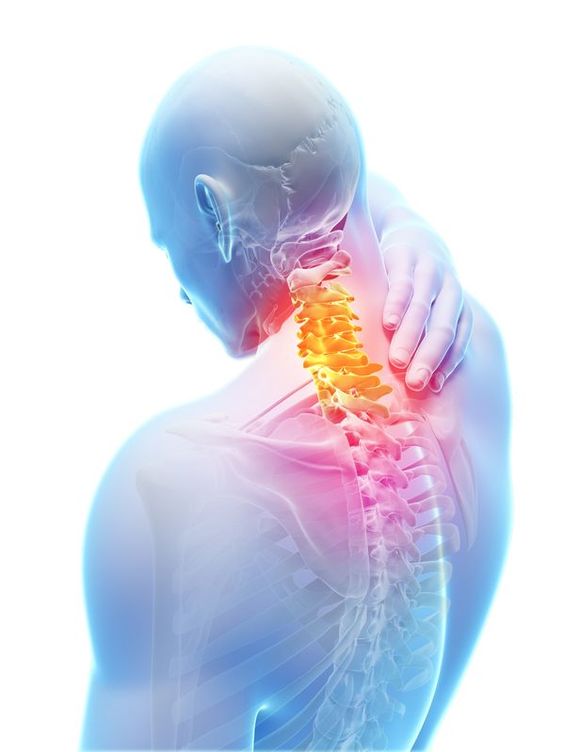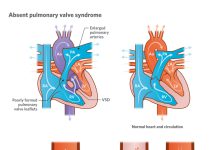Mencoret.com – Neck injuries can cause painful pain and limited mobility. If you experience neck pain or have had an accident, you may want to contact a sports medicine physician for further care. A sports medicine doctor at Beacon Orthopedics & Sports Medicine and TriHealth Orthopedics & Sports Institute can help you find a solution to your pain. Simple tasks such as turning your head while driving, lifting objects, and playing sports may become difficult or impossible if you have a neck injury.
Proper diagnosis can help you determine the neck injury you have

Acute neck pain usually goes away on its own, but it may be accompanied by other symptoms like shoulder pain and numbness or tingling in the arms or legs. More severe injuries can even cause paralysis. A proper diagnosis can help you determine which neck injury you have. In some cases, home treatment can help you get relief from the pain. While it is still not a replacement for a professional treatment, you can try some simple home remedies to help you deal with the pain and discomfort caused by a neck injury.
Most neck injuries involve the soft tissue of the neck. They often involve tendons, ligaments, and muscles, all of which are vulnerable to injury. Despite their relatively low risk, injuries to the neck are often serious and can cause long-term disabilities. If not treated promptly, these injuries can lead to chronic pain and even death. So it’s important to seek immediate medical attention if you are involved in an accident. So, what are the types of Neck Injuries?
Radicular signs called cervical radiculopathy are common symptoms

Radiographic assessment of the neck is essential to accurately diagnose and treat the injury. Radiographic examinations of the neck in university freshmen recruited for the University of Iowa’s football team showed that 35 of the recruits had sustained a cervical spine injury. Some of these injuries were posterior element fractures or disk narrowing with resultant instability. To detect the presence of a nerve root injury, a radicular sign called cervical radiculopathy is a common symptom.
Many people experience neck fractures as a result of high-speed collisions between athletes. Many of these incidents involve soft tissue injuries, such as sprains and strains, but a more serious type of neck injury can result from a direct blow to the head or neck. Furthermore, a blow to the head can cause a fracture of the neck, which can result in paralysis or even death. This is why it is vital to seek treatment immediately after an accident to ensure that your neck remains as healthy as possible.
The most common cause of neck pain is trauma

A car accident can cause a neck injury. Often, whiplash can cause neck pain two days after a car accident. Whether the driver is at fault or not, whiplash can severely damage the neck’s muscles. The most common cause of neck pain is trauma. Falls or car accidents can result in soft tissue injuries to the neck, while sports-related impacts can lead to fractures of the spine. Other causes of neck pain include degenerative spine disease and pinched nerves.
While most people involved in a car accident will recover from their injuries, it is important to seek treatment for a whiplash-associated disorder. This type of injury usually affects the muscles that move the head and upper neck. The symptoms of whiplash, though common, can range from mild discomfort to severe pain. Even worse, whiplash can be the sign of a more serious injury. In some cases, auto collisions cause spinal structures to shift and result in slipped discs.
Early treatment can avoid the most dangerous of outcomes

The most common neck structures injured in these types of accidents are the thyroid, larynx, and trachea. Other structures injured in TNI include the external and internal jugular vein, the larynx, the hypopharynx, and the carotid artery. In cases of TNI, surgical intervention is necessary. However, if the symptoms persist for more than two hours, early treatment can avoid the most dangerous outcomes and severe complications.
Pain in the neck is a common sign of a more serious problem. Pain in the neck is often accompanied by numbness or loss of strength in the arms. In some cases, it may be a sign of osteoarthritis or another disease. In these cases, pain may be accompanied by other symptoms, such as numbness or a shooting pain into the shoulder. This pain may also indicate that a traumatic injury has caused the neck.










